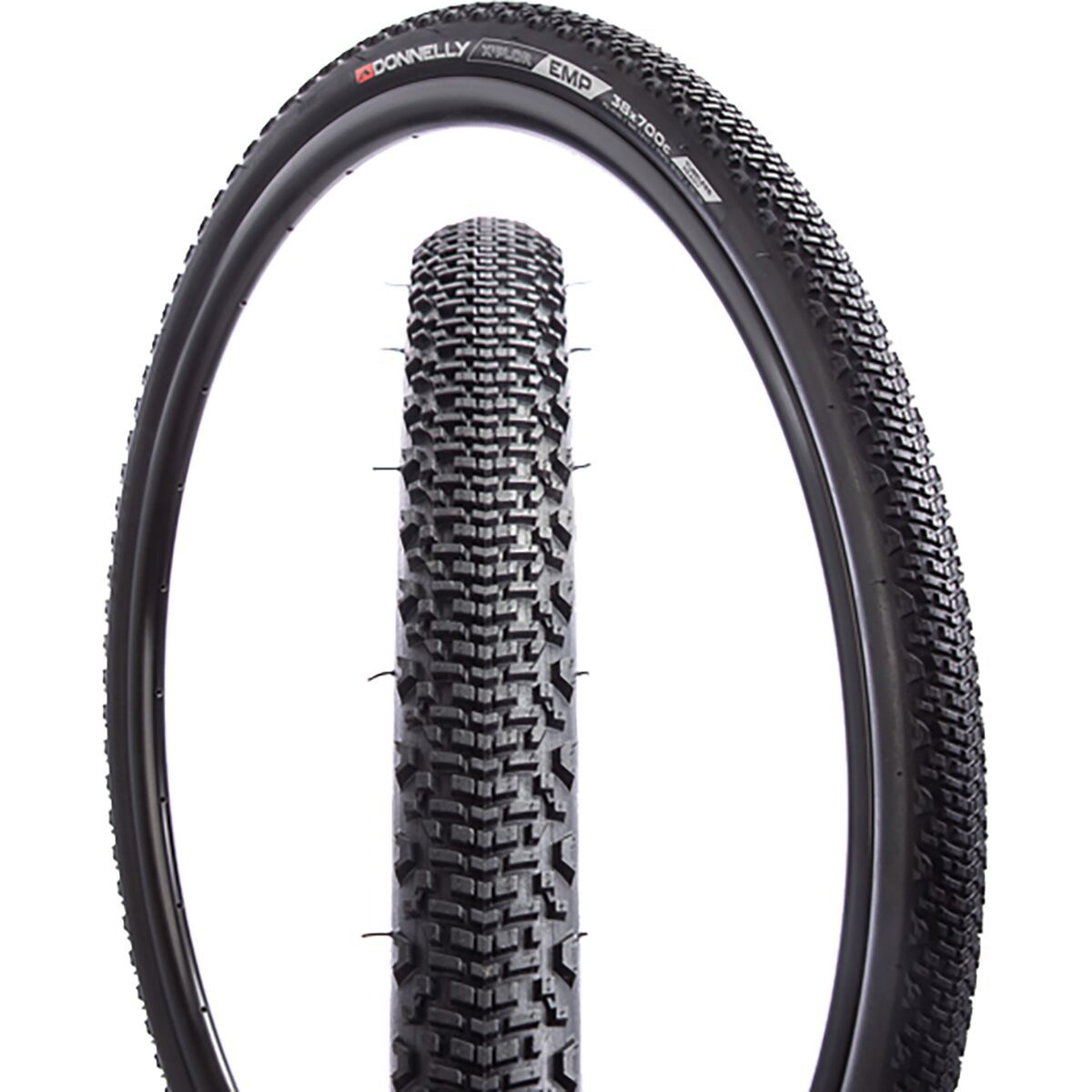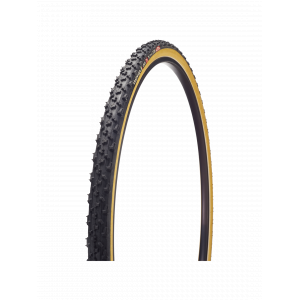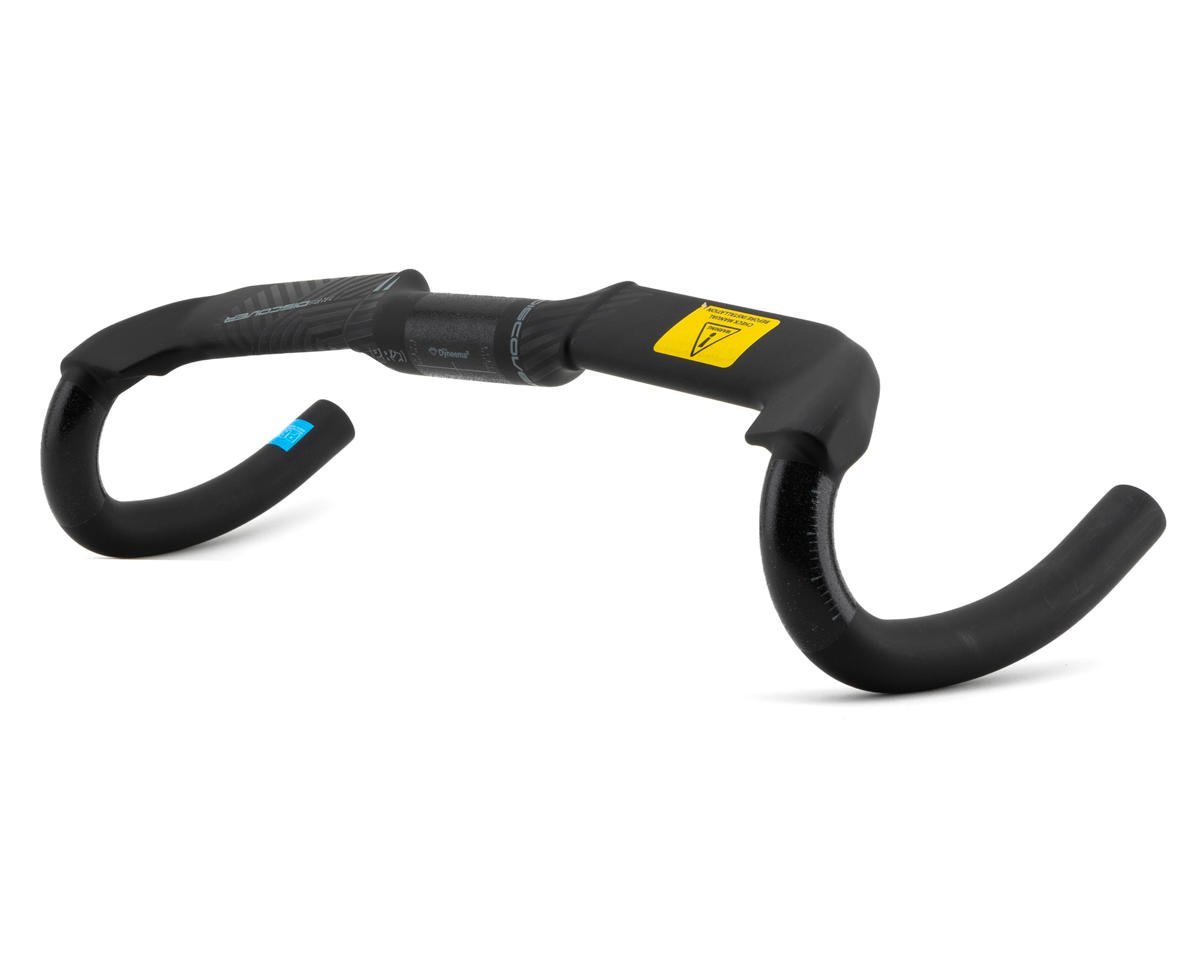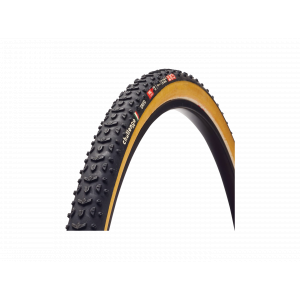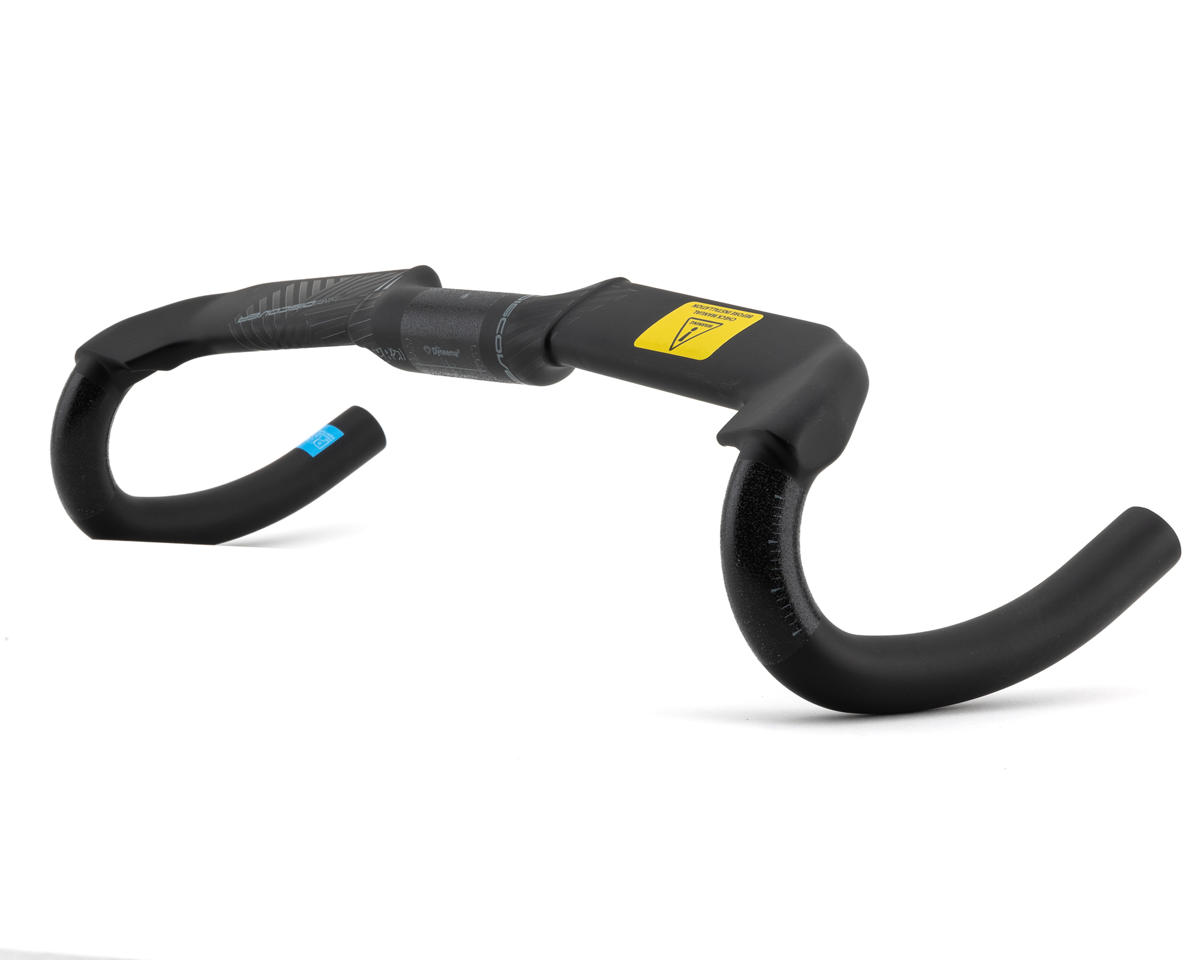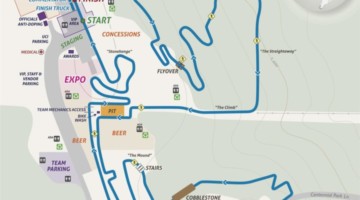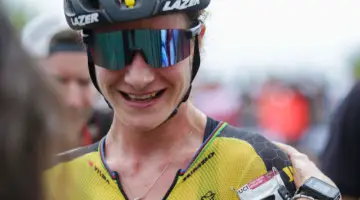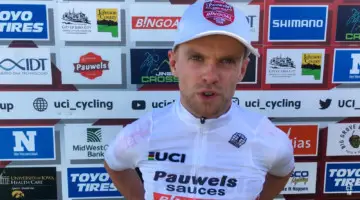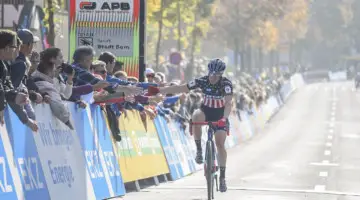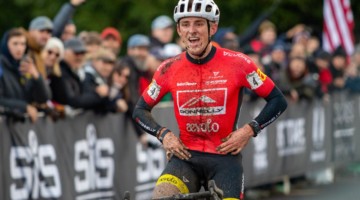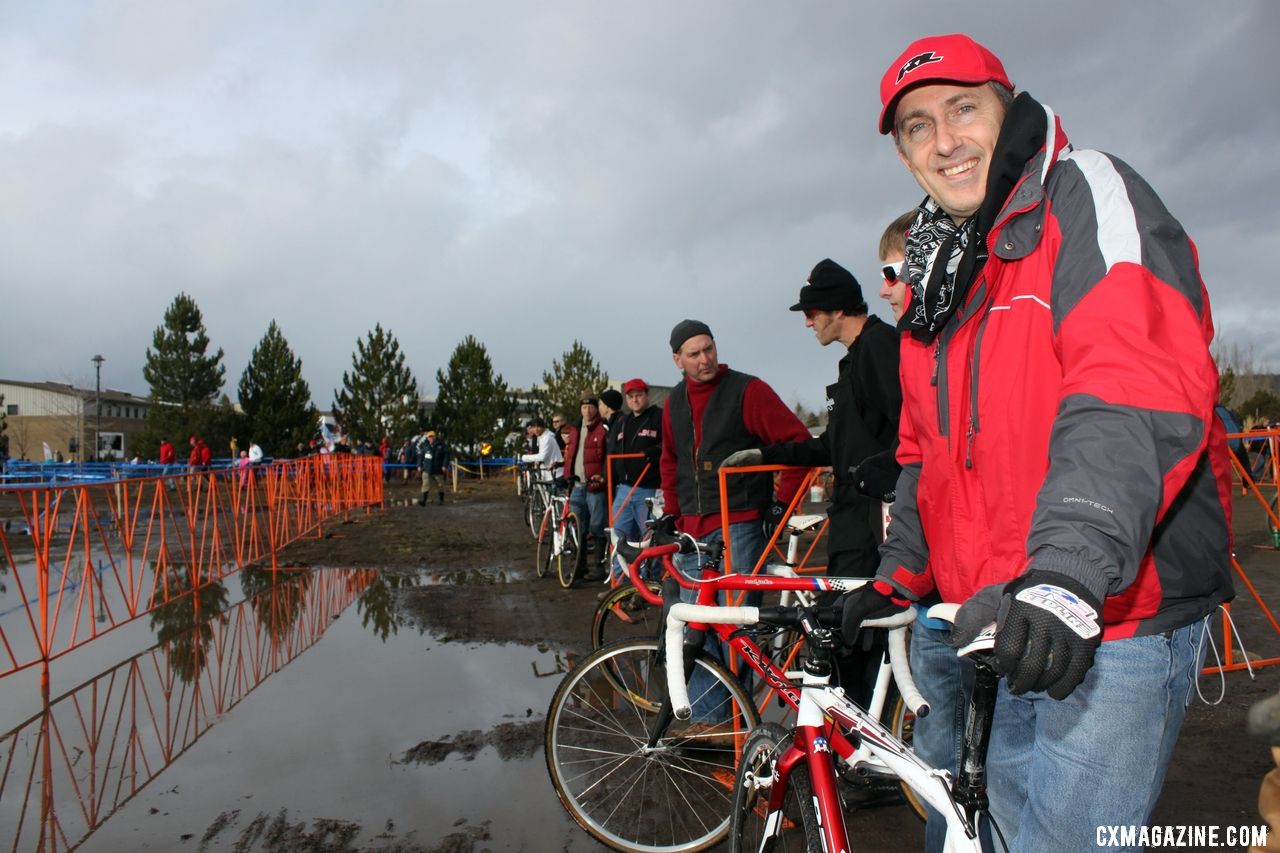
Tim Rutledge pitting for Logan Owen in Bend, Oregon while Owen races to his sixth straight Junior National Championship. © Cyclocross Magazine
Tim Rutledge is a name some in the cyclocross community may not know, but many may be indirectly familiar with his role in the sport.
Rutledge’s cyclocross history goes way back. Perhaps most notably, Rutledge was the driving force behind what became the Redline Conquest, arguably the first race-oriented American production cyclocross bike. Before the first run of aluminum Conquest bikes, most riders were modifying road and touring bikes or getting something from Europe. The final iterations of the Conquest were in both carbon and aluminum, but not far off the mark from the original bike Rutledge had a hand in.
Cyclocross history is always a fascinating topic to us, and we’ve covered the sport’s rich past before. Today we’re sitting down with Tim Rutledge to look back a bit, see what he’s up to, and hear his perspective on the sport. We’re also excited that he’ll be covering our sport’s past in print for us as well, so subscribe today for less than one race entry fee.
Ed. Note, Like many traditionalists of the sport, Rutledge usually spells cyclocross as Cyclo-cross. For consistency’s sake, we’re following our standard style.
Cyclocross Magazine: How and when did you get your start in ‘cross?
Tim Rutledge: In the fall of 1973 I entered my first cyclocross race in Salem Oregon, a wet and muddy course at Minto Brown Park. I was invited out to the race by my running partner who was an avid cyclist. It was a brutal experience for me since I was on a 20” wheel Stingray. I recall how it kicked my butt but, crying in pain, I finished.
CXM: Generally speaking, what draws you to cycling and specifically to the sport of cyclocross?
TR: I love the challenge of the sport, the unpredictable factor of weather upon the course and figuring ways to overcome this. I also love the aspect of openness, any bike, any style, come and try a race. It is a very open and accepting form of cycling that welcomes all ages and genders to come and ride the same course.
CXM: Are you a fan of American-style cyclocross as it’s often referred to, or do you think there is something special about European racing that elevates it above what we see in the States?
TR: I raced in Switzerland, England, and The Netherlands. Each is unique and special. I am a fan of American cyclocross, due to the nature of innovation and openness that draws more riders than fans. In general we are not as bound by strict rules, traditions and a pro-level drive that feeds the sport of cyclocross in Europe.
CXM: You were responsible in part for the first production cyclocross frame with Redline. How did that come about?
TR: The timing was right with designs, materials and American companies that were willing and able to build small runs of 20 frames and grow from there. I also have to credit many individuals who helped finance, market and make this happen in 1994. From those 20 framesets we were able to grow the proven concept of the price, design and winning performance at the highest levels.
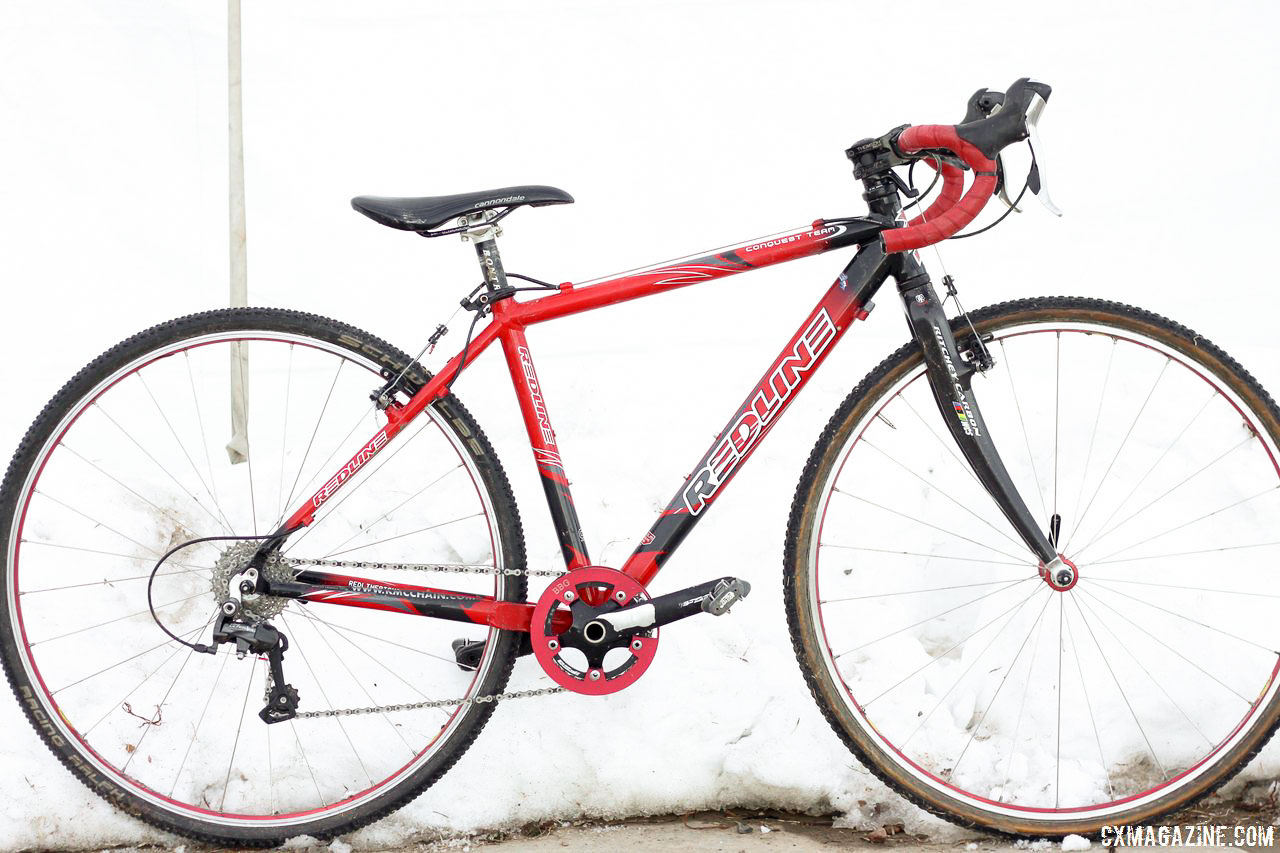
Many cyclocross racers have gotten their winning start on Redline Conquest bikes, including Logan Owen and Paul Haley. 2014 Junior 9-10 Men’s winner Paul Haley’s Redline Conquest Team. © Cyclocross Magazine
CXM: What roles did you have at Redline?
TR: Fortunately I got to have many roles as a designer, marketing lead and test rider. I was in purchasing so I got to spec’ and order the frames, then bicycles. It was a very hands-on process in the first couple of years. I even applied decals and boxed many of the early framesets. I headed up the Redline cyclocross race team for many years, a challenging undertaking with the growth of more top-level races across the United States.
CXM: Was it from the Conquest’s creation that the Redline team, arguably the first domestic pro ‘cross squad, came about?
TR: Yes, that and the high level of great talent we had in the Pacific Northwest. I was involved in the Seattle Metro cyclocross series and the start-up of our Wednesday night cyclocross training sessions. Both the level of the training and our race series along with hosting the National Championships in Seattle in 1994 and 1996 raised the bar for all of us.
CXM: We’ve heard you had high hopes for Worlds one year, in the form of your life so to speak. But an injury or a mechanical took you out of contention. What’s the story there?
TR: I broke my ankle racing a World Cup in Switzerland a week before the UCI Worlds in 1983. The Worlds were still divided into Pro and amateur then, and were at Sutton Park in Birmingham, England that year.
What a story that was, breaking the fork tip on my main bicycle in the first 800 meters of the race and using a back-up bike from my coach, American cyclocross legend Lawrence Malone. I finally raced a Worlds as a Master in Mol, The Netherlands, in 2000 and finished 11th place despite a nasty cold.
CXM: You’ve also won a Masters National Champ title not all that long ago. And despite a nagging knee issue that we understand you have, folks around here want to know, has it healed to the point where this is the year you’re making your comeback?
TR: Ah, comeback, I have never really been away, just helping in different ways! But yes, I’d love to be out racing again. Family, work and life all take a toll, as anyone who races can tell you. I do miss it, and know I need to get back out into a ‘cross race. I enjoy riding my ‘cross bike on gravel and trails still, and my knees are better. My expectations are lower, I just need to go have fun out there, the true essence of American cyclocross.
CXM: Cyclocross aside, you also raced the Giro. Was road racing your primary discipline with cyclocross a favorite pastime? What about now?
TR: No, I will always consider cyclocross my primary cycling discipline and greatest love. I have raced road, track, mountain bikes and enjoyed them all. Yes, I rode for the Gianni Motta team in 1984 in both the Giro and the Tour de Suisse, and that is a whole other story….
Today I love riding gravel, and road. Gravel is the best due to the scenic nature and joy of being off road. Riding on the roads today takes extra vigilance, where as a gravel ride feels a whole lot safer. I am blessed to live in a place with some awesome gravel rides and races.
CXM: Was cyclocross a winter training tool as many often claim for pro ‘cross racers in Europe?
TR: Back in the 80’s yes, more top road pros (Moser, Saronni, Hinault, even Eddy Merckx) would have a go at a cyclocross race back then. Of course, today having Zdenek Stybar, Francis Mourey and Lars Boom cross over to the road is great.
CXM: Going back to Redline for a minute, you left the company for a period and went to work for Raleigh before returning to Redline. Did you have a hand in cyclocross products there and if so what did you do? Raleigh is heavily involved in the sport now. Did Raleigh have an understanding of our favorite sport then?
TR: I designed the Raleigh Team cyclocross frameset that was stocked for about two years. I should make it clear that others who followed made their own cyclocross frame and bicycle designs after 2006.
Raleigh America’s involvement in cyclocross took off more in the 2009-2010 time frame to the present day. That is not to say that Raleigh does not have a long history of cyclocross. But the 80’s and 90’s Raleighs were primarily English Reynolds framesets. I can tell you that the 1987 Technium framesets made by Raleigh America in the USA would have made a nice aluminum cyclocross frameset.
CXM: How does it feel to know that Redline is not offering adult or ‘cross bikes now? Is there some lost nostalgia there?
TR: Yes, it is sad. Twenty years and 75+ National Champions on Redlines. A bicycle that made quality and affordability hallmarks and hopefully brought more people to the sport of cyclocross.
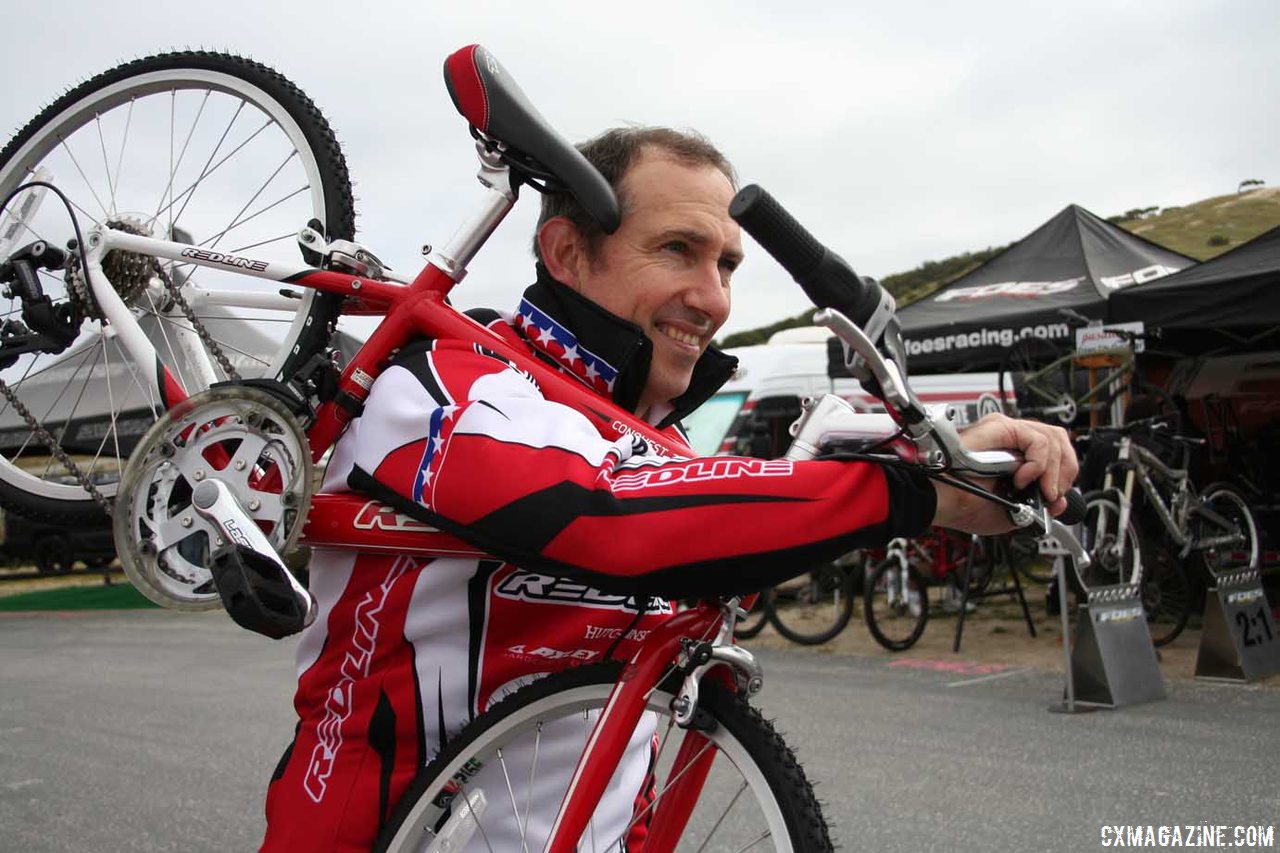
Even a grown man (Tim Rutledge) can shoulder this little Conquest 20 cyclocross bike. Sea Otter 2009. © Cyclocross Magazine
CXM: Three of the winningest racers at Nationals have raced Redlines, Katie Compton, Logan Owen, and Masters champion Dan Norton. What role did you play in getting them on Redlines, and what other roles did you play in their racing and success? As Compton and Owen have moved on and built amazing careers, do you take some pride in their success?
TR: Others too such as Justin Lindine, Katie Blincoe, Anne Grande (Knapp), Dale Knapp, Marc Gullickson, Jonny Sundt so many others. I did all I could to promote the brand and chose some terrific talent.
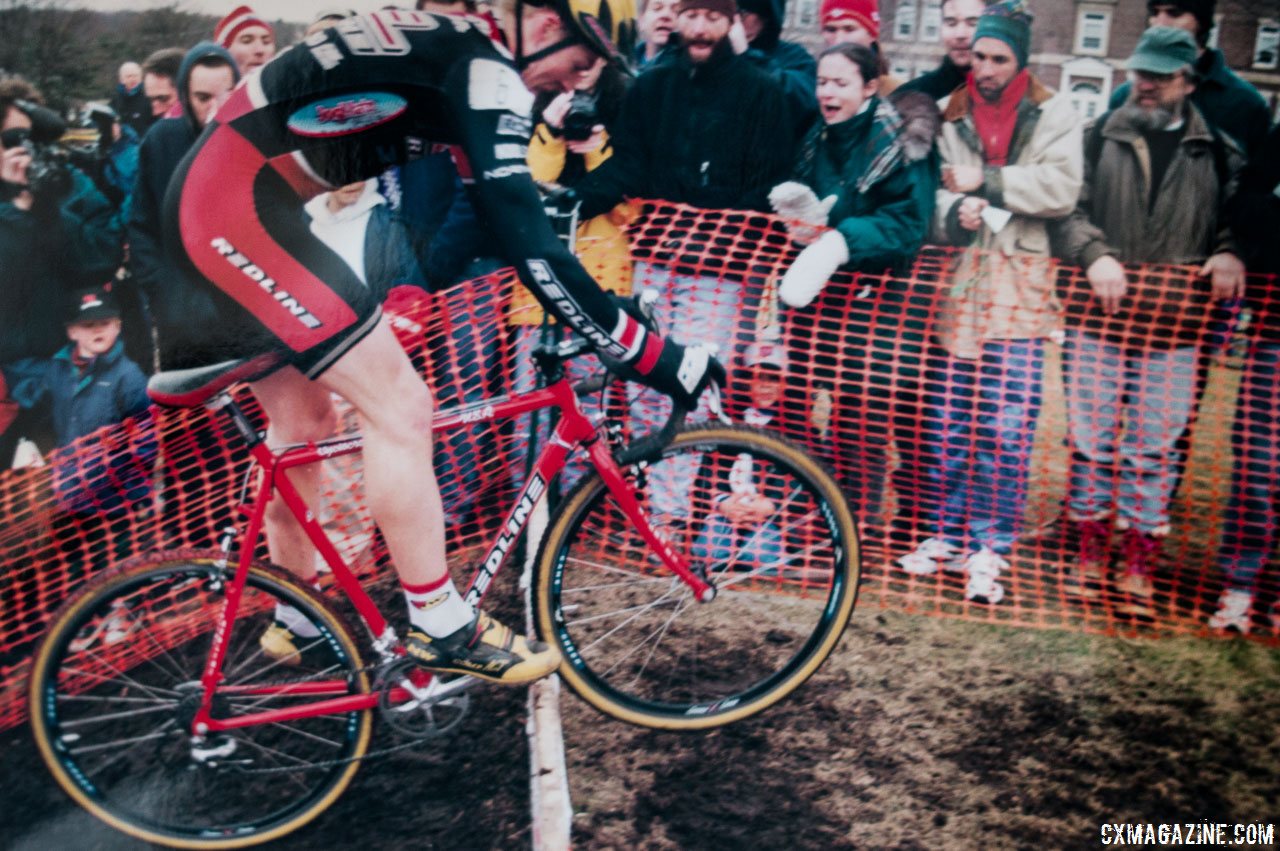
So many have won on Redline Conquest bikes, but nobody put on a bigger show than Jonny “The Cat” Sundt. Seen here as he hops the barriers at the Saturn Super Cup on his Redline Conquest. © Andrew Yee, Cyclocross Magazine
Yes, I was involved in most of this. We also did the Redline Cup series, to try and help get more UCI races on the West Coast. I will always be thankful to the leadership at Seattle Bike Supply and the fabulous co-sponsors who helped support the Redline cyclocross team over the years. That and help from many cyclocross friends who have offered guidance and advice over the years.
CXM: Today it’s nearly assumed that a large race, obviously the World Cup races, in the States will draw Europe’s top talent to the start line. Years ago you helped bring Francis Morey to Vegas and some other races in the States and you’ve shared some funny stories there. Care to share one with our readers?
TR: Getting Francis to come over did take a bit of work, but once FDJ team manager Marc Madiot gave his blessing we were off to the races. Francis did not have a passport, that was a bit crazy getting that in time. Francis, who does not speak English came with 35c tires, too big for the new UCI rules on tire width, that is a funny story. I was scrambling there! Thank goodness for the mechanic sent with Francis who could translate. I do not speak French! His mechanic had never pitted a cyclocross race, so I taught him.
The morning after Cross Vegas I rewarded Francis with a box of Krispy Kreame donuts, a silly side bet we had, and that was really funny watching him eat one for the first time!
So many other great stories about Francis and his visit. He was terrific and so was his wife who made her first trip to America then too.
CXM: Any opinions on the growth in gravel events and racing? As a bike guy, do you think the best bike for gravel is significantly different than the best cyclocross bike? If so, how would you say a gravel bike differs?
TR: I love it. Justin Lindine when he was sponsored by Redline and racing and winning the Barry Roubaix and Paris Ancaster was very purposeful. I see the cyclocross bike and gravel bike all in one. With Redline we lowered the bottom bracket height when larger tires like those over the early 28c tubular and clincher tires became available, causing the bottom bracket height to rise. Most gravel bikes, and I’m generalizing here, have done the same. The stability you get from this is just as critical when riding a 34c ‘cross tire as a 38c road/adventure tire. I don’t think they differ that much at all, clearances for 38c tires though.
CXM: What are you doing now and what does the future hold?
TR: Right now I am doing odd jobs here and there, looking for employment and working on a History of American cyclocross. I want to tell the story of riders, training and equipment from the 60’s to the present day. I want to tell the stories of the unsung heroes that came before us. Stories from early cyclocross pioneers and how they shaped the sport. I believe in American cyclocross and the fantastic way it brings more people to cycling in a fun and tribal acceptance way.
The future holds great technology in the way of disc brakes, electronic shifting, lightweight carbon frames and more. Our talent pool here in America is tremendous. We have come really close to winning several of those major World Championships at the highest level. Don’t forget Americans have won several World Championships [many Masters, and one Junior title, via Issue 31’s cover boy, Matt Kelly -Ed.] before. That said, the kid out there trying his or her first cyclocross race on an old bike they fixed up and put knobby tires on will always be the true spirit of the sport that I love and that drew me to bicycle racing.
CXM: Thanks for taking the time to talk with us Tim and we’re looking forward to learning more from you!
TR: You’re more than welcome.













